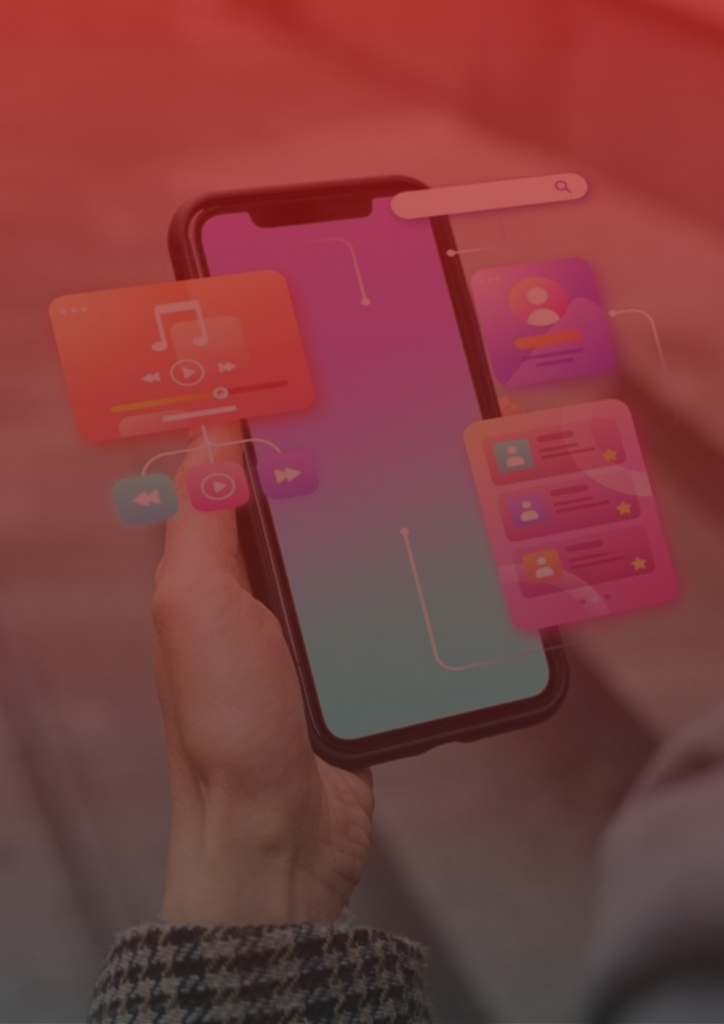Launching an app in 2025? Here’s the truth no one tells you:
Most apps don’t fail because they’re bad. They fail because no one knows they exist.
A successful app launch is not just about hitting “publish” on the App Store. It’s a precision-built strategy that spans audience targeting, creative storytelling, community building, and post-launch growth tactics. If you skip the prep, you risk spending months of development… for zero traction.
Let’s dive into how to launch your app the right way—from pre-launch to post-launch—with tactics that top-performing app teams are using right now.
1. Start Marketing Before You Even Start Building
If you wait until launch day to tell the world about your app, you’re already late.
Your launch strategy should begin the moment you validate your idea. That means identifying your audience, understanding their pain points, and planting early seeds of curiosity.
Here’s how:
Build a landing page with an email sign-up list
Start posting on social (LinkedIn, Instagram, TikTok) to document the journey
Offer early access or behind-the-scenes content to your first 100 subscribers
Run polls, ask for feedback, and involve your audience in shaping the app
This pre-launch buzz isn’t just for hype. It helps you gather early users who feel invested, and that’s marketing gold.

2. Build an Audience, Not Just a Product
A killer app without users is like a party with no guests. Focus on audience-building and community-building as a core pillar of your strategy.
Consider:
Starting a newsletter with value-based content related to your app
Creating a private Discord, Reddit thread, or Facebook group
Collaborating with micro-influencers in your app’s niche
Getting active on subreddits, forums, or niche Slack channels
Don’t sell your app—build relationships. That’s what drives day-one downloads.

3. Use a Soft Launch to Test the Waters
Before you go global, go local. A soft launch is your secret weapon for reducing risk and optimizing your app for performance.
Here’s what a smart soft launch looks like:
Release in one or two test markets (like Canada, Australia, or a specific U.S. state)
Use this phase to test onboarding flows, UI/UX, crash reports, and pricing models
Track real metrics: retention, LTV, CPI, activation rate
Gather feedback from real users to fine-tune before the big release
Use tools like Firebase, Mixpanel, or Amplitude to make decisions based on data, not guesses.

4. Prep Your App Store Assets Like a Sales Page
Your App Store or Google Play listing isn’t just a formality—it’s your landing page, your first impression, and your conversion engine.
Here’s what top apps get right:
A/B tested icons and app screenshots
A compelling title with relevant keywords
A short but emotionally resonant app description
An engaging app preview video (even better if it includes UGC-style clips)
High ratings and reviews (seed them with early beta users)
Use tools like Storemaven or SplitMetrics to test creatives and boost App Store Optimization (ASO) before the floodgates open.

5. Craft a Launch Campaign Worth Talking About
AI isn’t just helping you react—it’s helping you predict.
- Predictive models identify users most likely to convert, churn, or spend—allowing for smarter segmentation and personalized offers
- AI forecasts campaign ROI, giving marketers clarity on which channels and creatives drive true LTV
- New AI-driven dashboards like Mixpanel Signals or Amplitude’s AI Analytics allow marketers to ask natural language queries and get instant answers
Real-World Use: One gaming app we worked with used predictive AI to discover that users who reached level 3 within 24 hours had a 65 percent higher LTV. That insight led to onboarding optimization and a 22 percent increase in Day 7 retention.

6. Post-Launch: Retention Is Your Real Growth Metric
Getting downloads on day one feels amazing—but retention is the long game. Your app’s future success depends on how many users stick around after the install.
Set up:
Onboarding flows that show value fast (within 30 seconds)
Behavior-based push notifications (don’t just blast)
In-app engagement loops: rewards, streaks, personalized messages
Feedback collection: ask new users what’s missing or confusing
Retargeting campaigns for dropped users via email or push
If users bounce after day one, your app’s not growing—it’s leaking.

Final Thoughts
Successful apps don’t go viral by accident. They grow through strategic planning, constant iteration, and understanding exactly who they serve.
Your app launch should be a campaign, a conversation, and a commitment—not a single day circled on a calendar.
Start early. Test smart. Launch loud. And then, keep listening.
At SEMNexus, we specialize in launch strategies that combine performance marketing with storytelling, influencer outreach, and data-driven optimization. Want your launch to actually drive results?
Let’s build it together.